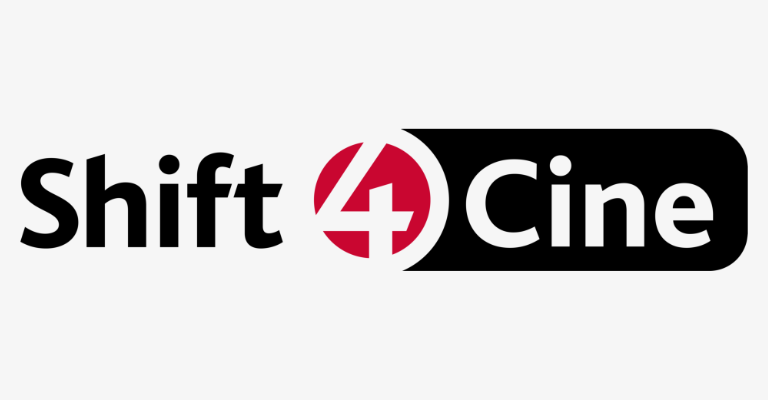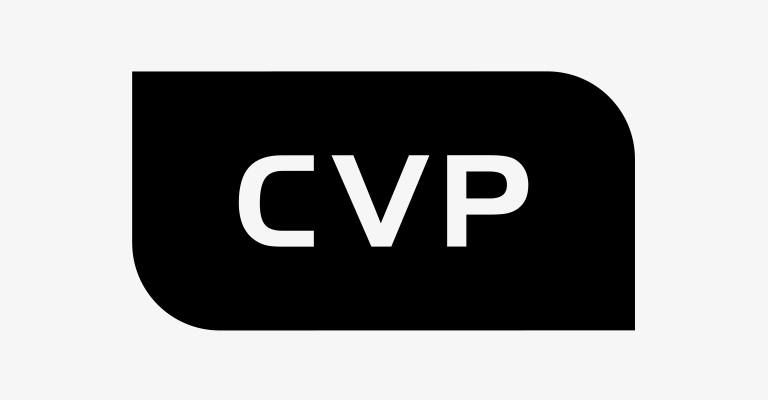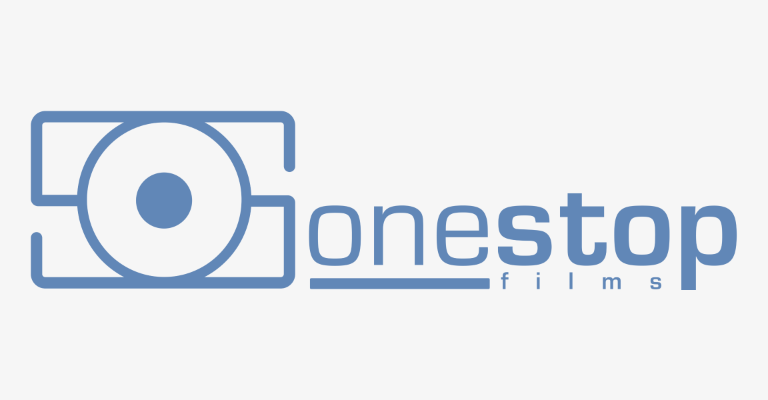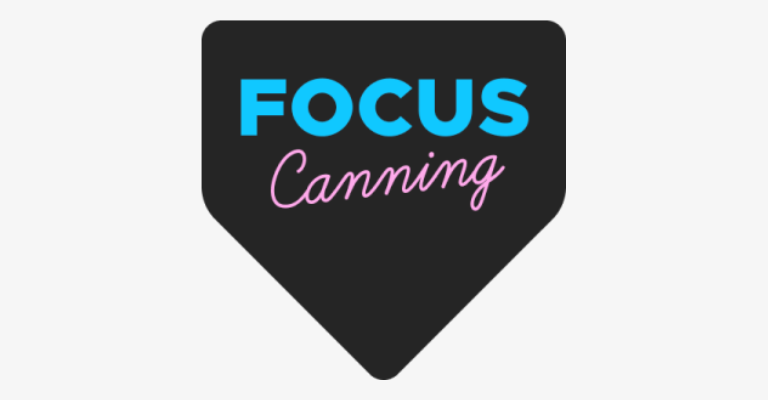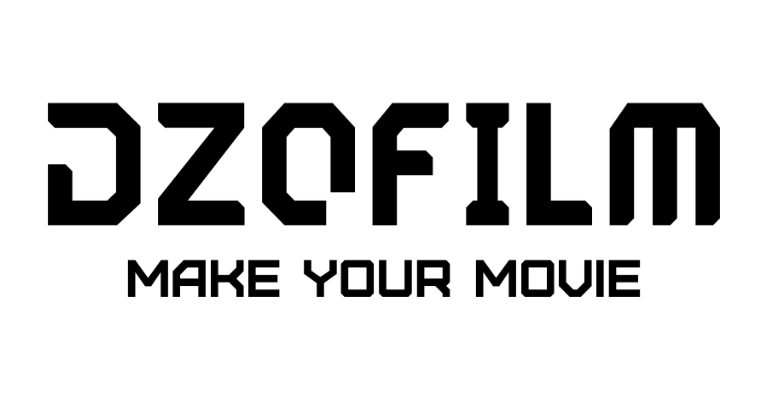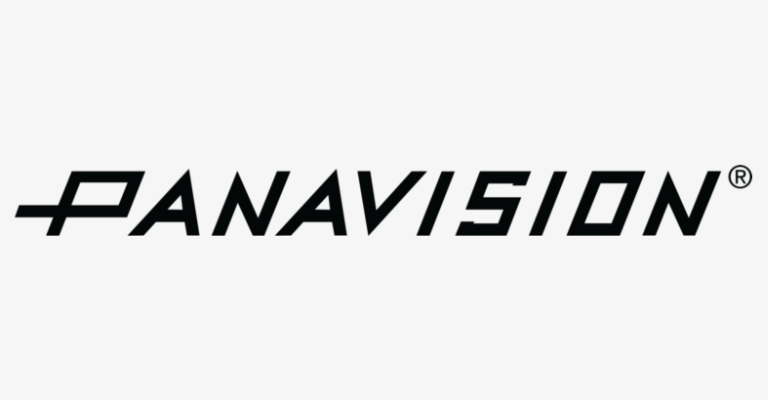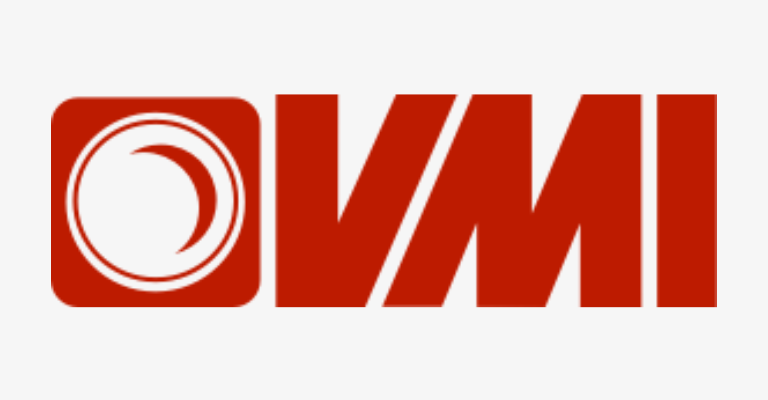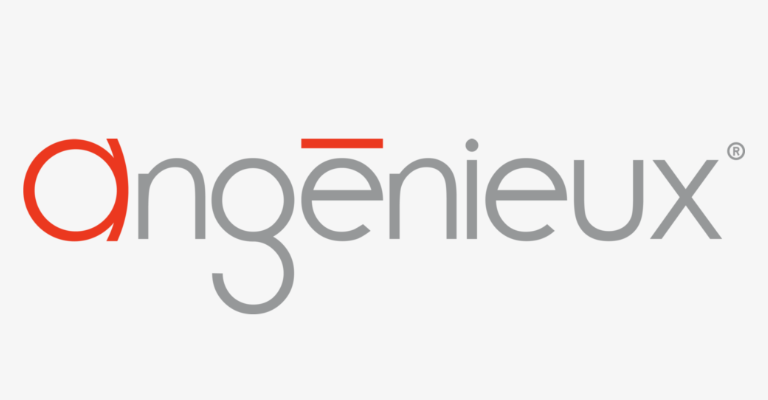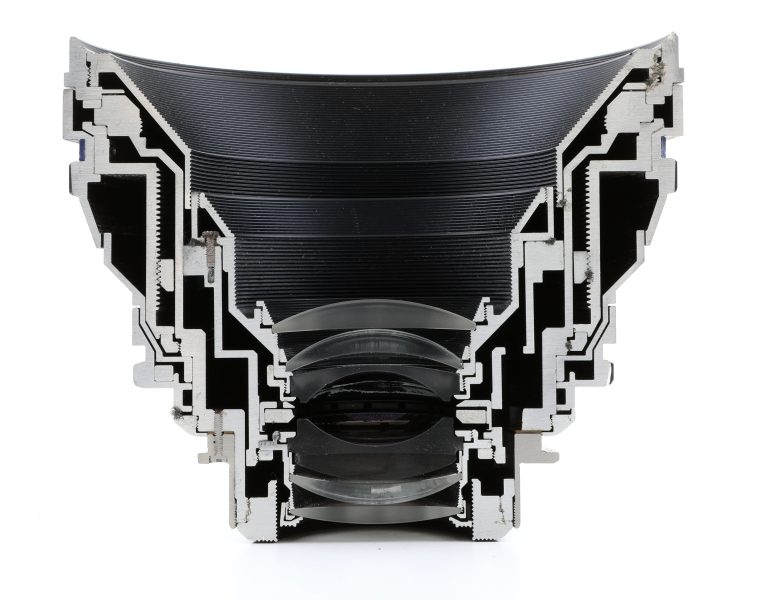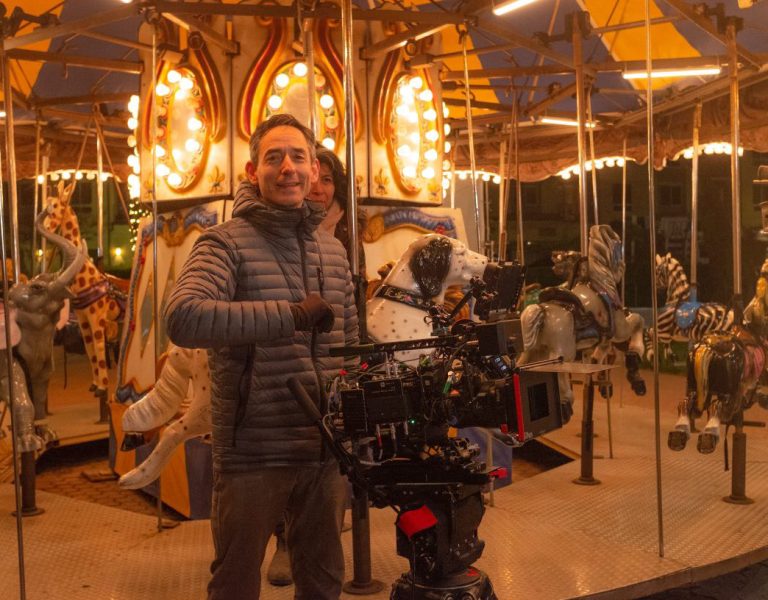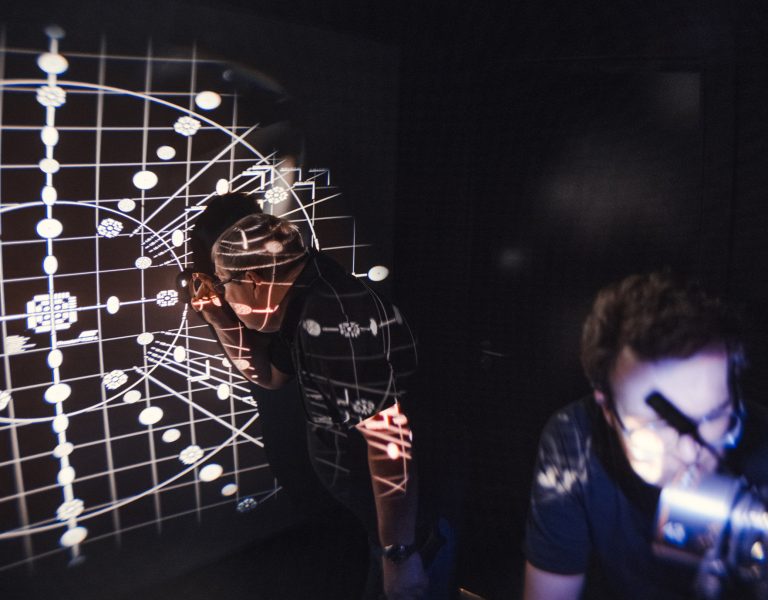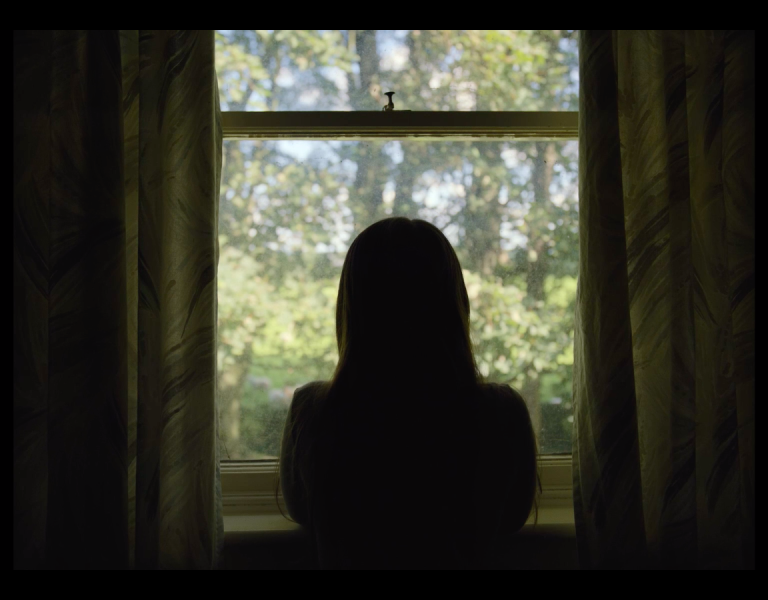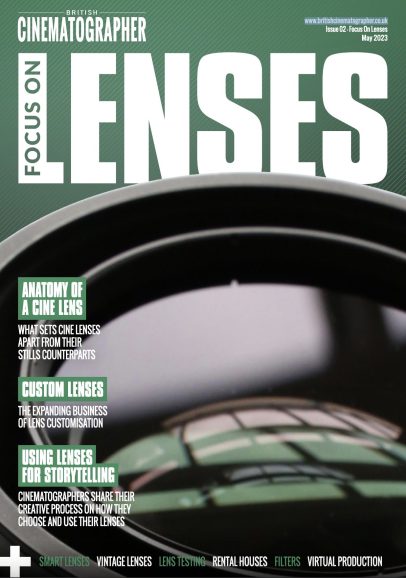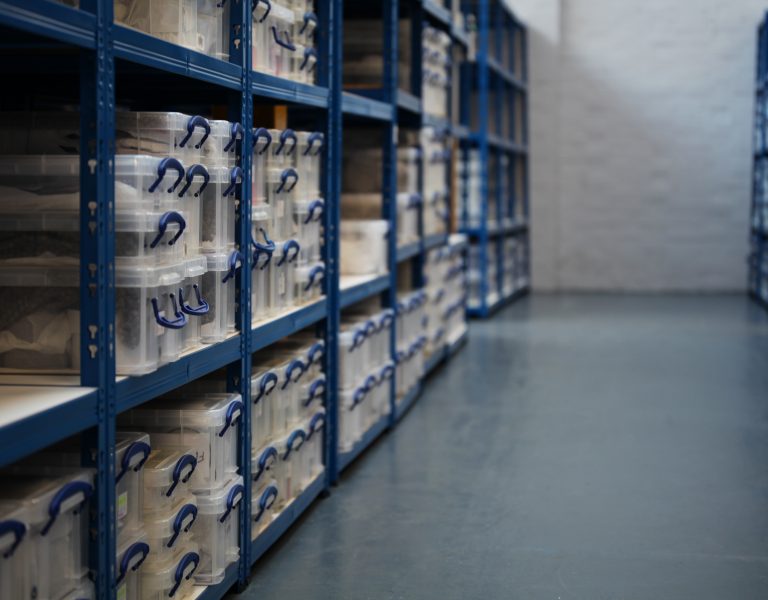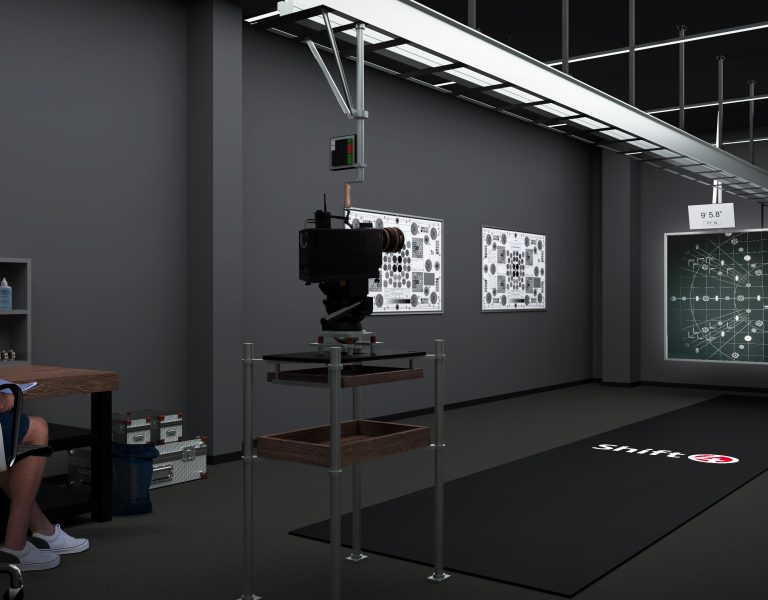Is the lens the most important part of the camera channel? It may be and would explain the expanding business of lens customisation and the constant hunt for more glass.
Like a music producer covets their microphones, a cinematographer will aspire to using particular lenses. Customising lenses is a wide topic and reaches from a manufacturer like Cooke coating their SF anamorphic lenses to accentuate flares to a full re-housing with use of different aged lens elements that quicken up or slow down the light that hits them.
Other changes could be focus fall-off, contrast, field curvature and how the light deconstructs in the background or bokeh. You can then augment those parameters to another level again; for instance you can change the foreground bokeh and the background bokeh. But it all depends on the lens you start with.
Find your look the old way
But you could always achieve a period look using vintage lenses, rehoused or not. Get the Star Wars and Godfather vibe with some Super Baltars. How about emphasising the shadows and the grittiness as James Cameron did in Aliens using some Canon K35s. Kowa Cine Prominars are rare and were also used on Godfather II and the original Rocky origin story; very small, very sharp lenses with warm flares. And what about Zeiss Super Speeds, all F/1.2 second series being Stanley Kubrick’s favourites for the much-referenced film Barry Lyndon.
Then there are the re-housed and re-engineered Leica R lenses based on the Summicron, Elmarit and Summilux families, long revered by both stills photographers and filmmakers. You’ll find any of these lenses for rent if you look hard enough, their rarity will be reflected in their per day value.

Birth of a Lens
Those productions with higher budgets will allow for this tuning or de-tuning of a lens. Companies like ARRI Rental and Panavision both have lens gurus who work from a brief to combine lens elements to find a ‘through the lens’ aesthetic. Recent movies which have taken that route include TÁR (Florian Hoffmeister BSC customised ARRI Signature Prime lenses) and Boston Strangler (Ben Kutchins customised ARRI Rental DNA lenses) and you will find more from Panavision’s de-tuning method from Trevor Forrest in this guide for the Little Fires Everywhere episodic.
But right at the start of ARRI Rental’s DNA lens journey was Solo: A Star Wars Story where DP Bradford Young ASC turned away from film for his Western look and as his initial idea for customisation to a new lens (yet to be a set) simply badged DNA.
When Young first used the 50mm lens that changed his mind on his format direction, it was so new that it was still in a modular form without a scale or ring, just an XPL mount, and could barely be focused.
After Young green lit its use, ARRI Rental wanted to create more ‘filthy, dirty lenses’ for him to go on to the movie. There was some technology that was being worked on separately from these lenses, which created hybrid lenses with a bit of new and old technology. The old from the ‘50s and ‘60s, and the new from around 2016.
Young knew about the developments – not many people did – and he said that as soon as they were ready he would get them on the movie. So, as soon as new lenses popped up, like the 35mm or 60mm T2, they would go straight onto the show. Some of the lenses that were closing the show weren’t even around at the beginning.

Now you have tunable Hasselblads
A re-imagining of the Zeiss Hasselblad T* C, CF & F series lenses featuring the Optical Tuner (OT), have been designed and rehoused by P+S Technik. They were launched at the BSC Expo 2023 in London. But what’s so special about these lenses?
Significant characteristics include high contrast and superior resolution combined with ultra-low distortion over the whole image area. Also multiple formats can be covered by them, starting with the Alexa 65 camera (they’re originally medium format), from there you can cover anything down to Super 35.
P+S Technik MD Gerhard Baier said about the lenses: “They’re sharp where it is needed, soft where it is wished for. The Zeiss/Hasselblads offer a pleasing rendition of skin tones out-of-focus details and a smooth bokeh.”
With the rehousing made by P+S Technik, filmmakers are able to use a minimised close focus distance, literally half of its origin. In most cases, the original f-number of the lenses could be kept as a real T-stop with the Hasselblads but we haven’t had confirmation of that. Interestingly T2.8 is now seen as a minimum requirement in this Prime lens market.
“The legendary Zeiss/Hasselblad lenses gave us a new perspective on how to look at our world by the Apollo Missions”, added Baier. “As we have these high performance with the lenses, there is a lot of information delivered that can be used to play with. Here we start with the optical tuning module that changes a Zeiss/Hasselblad lens into a Ottoblad lens.”
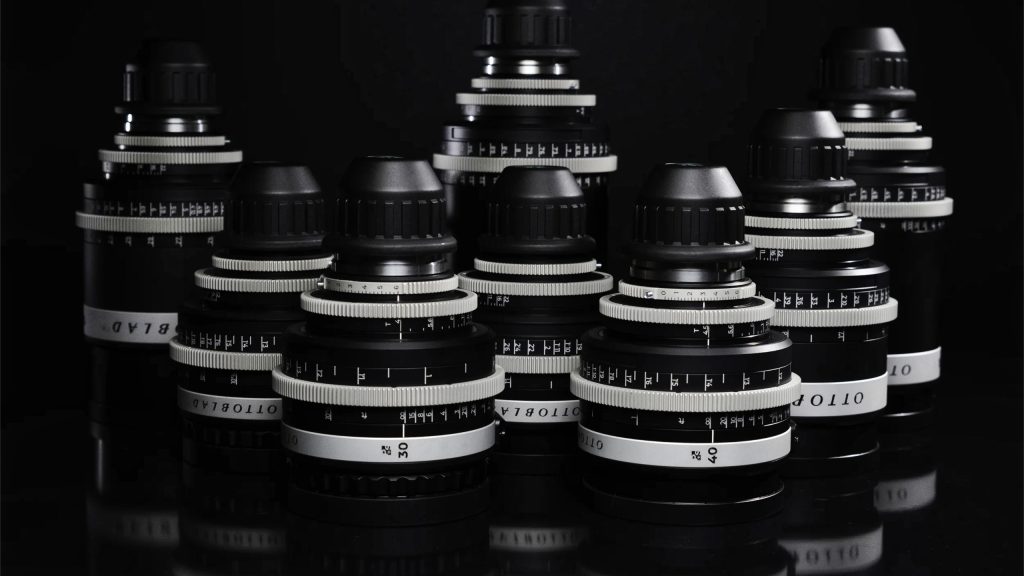
Dial-in the de-tuning effect
The OT (optical tuner) is a module that offers the ability to start with a pristine image (sharp overall) and adjust the field resolution to a portrait lens quality (soft from the edges, the centre stays sharp).
“What makes them different is that they have a rear optical module that allows the user to dial in focus fall off to edges of frame in different degrees. I am using them now on my current movie. Beautiful glass,” said ASC cinematographer Gregory Irwin.
The Ottoblad lens series is currently only available through Otto Nemenz Intl. Focal lengths (Ottoblad and Hasselblad) are currently available from 30mm up to 500mm.
The development will continue with a speed booster and the company says there is more development to come.
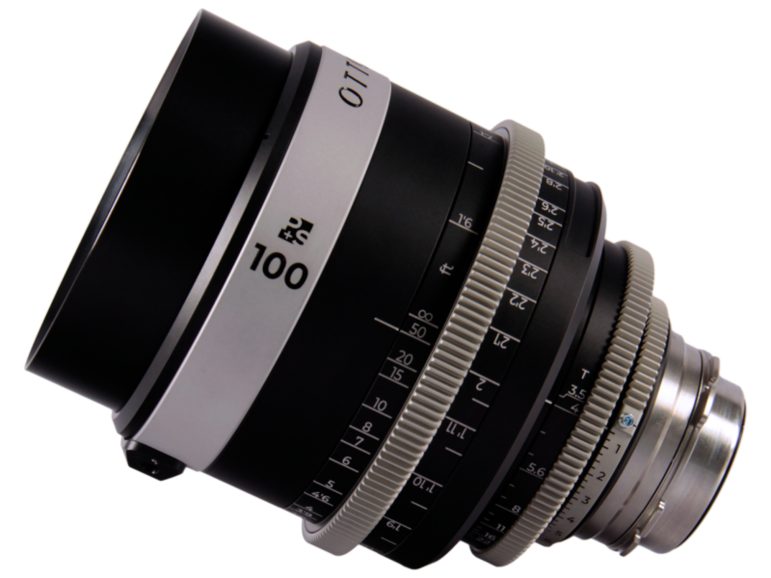
Do you need the fast heroes?
We’re not talking Marvel characters but new and often very fast lenses which are from ARRI Rental. They started their range, last year, with a T1 model which is unusual and exceptionally fast. ARRI Rental’s Andrew Prior explains the thinking behind the new lenses. “One of the aspects we wanted to focus on with the T1 was that actually it performed at T1. There are other T1 lenses in the market but what you might find is if you open them up to T1 they’re basically unusable. They bloom or they glow, have a certain look to them or just have too much aberration.”
The Heroes range is in effect really oddball glass looking for a home, maybe even leftovers from the nearly eight years of lens customisation. They were often pulled out when a cinematographer asked to see something extra special but they were almost too different to make up a set. Sometimes you had a single lens that did a lone job. ARRI Rental will add to this brand but still with a small number of examples.
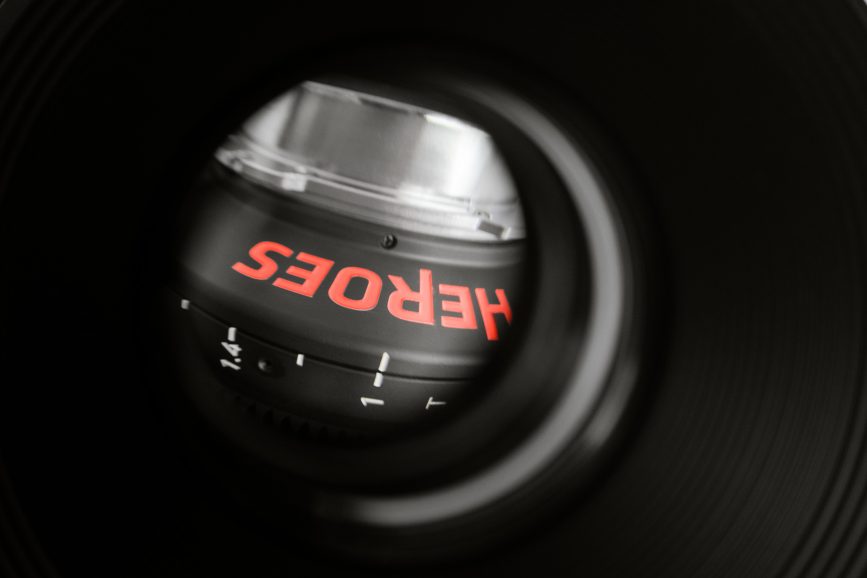
Where’s all this glass from?
As much as the customisation of lenses is acknowledged as a dark art, a description perhaps encouraged by the rental houses that do it, there is still a mystery to where new glass or new old glass is discovered. There doesn’t seem to be a shortage of it – the shift to large format cinematography has certainly unearthed a treasure trove.
–
Words: Julian Mitchell



